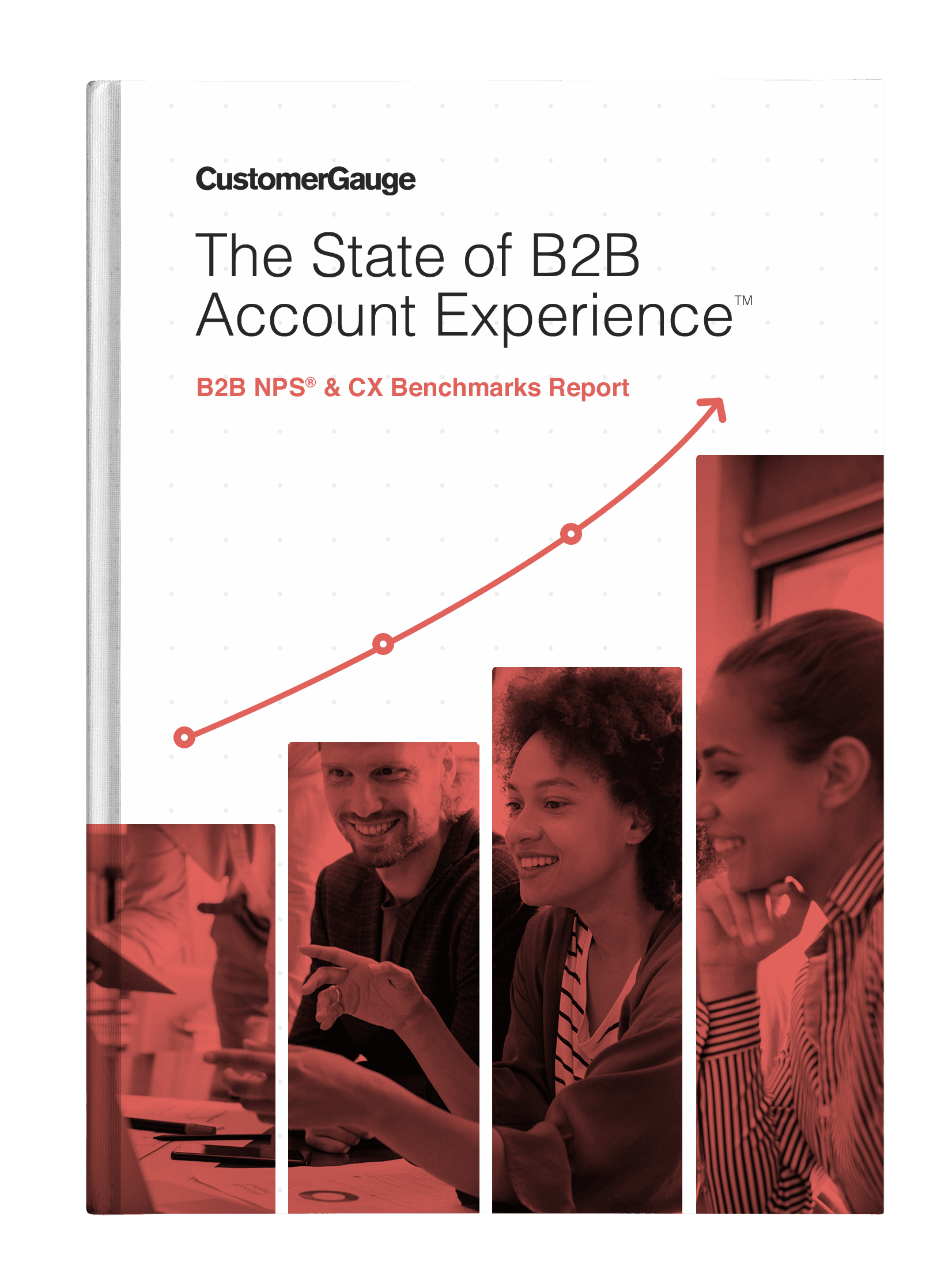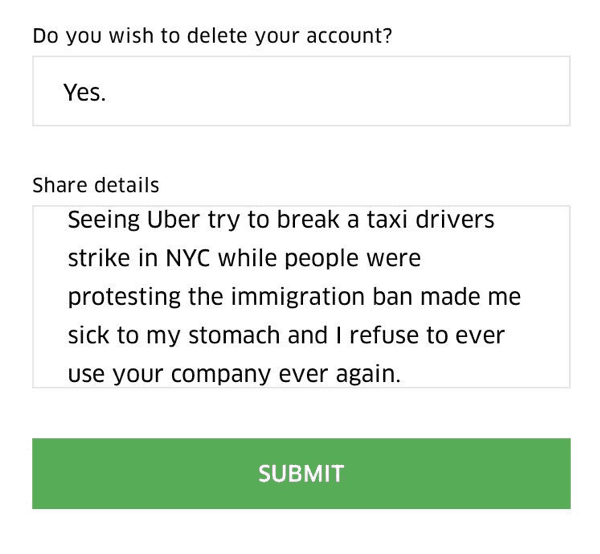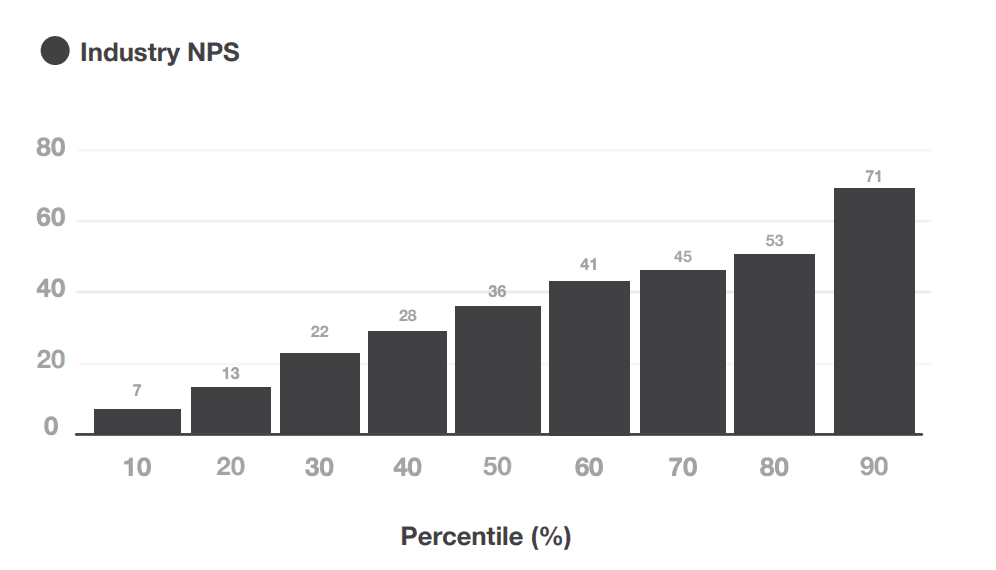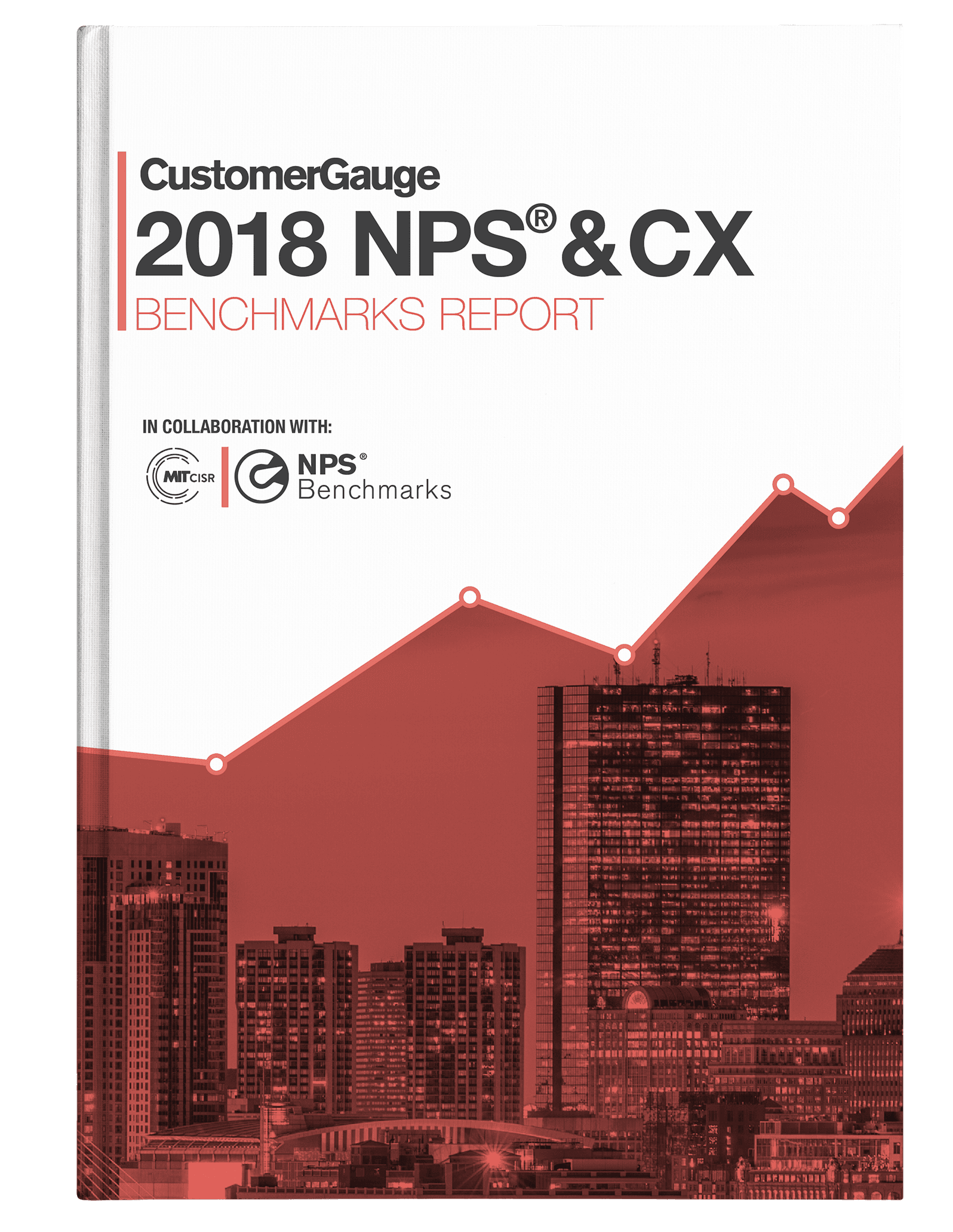Uber NPS: Using Net Promoter To Win Back Loyalty
by Ian Luck
No NPS professional or seasoned CX expert would claim that the Net Promoter Score, by itself, is a catch all for improved customer experience and increased ROI. Just as with any metric or customer experience program—it’s what you do with the insights that matter.
Uber, unfortunately, had to learn this the hard way.
Uber has suffered from some recent scandals that have greatly affected the company’s customer retention—more so than most economists predicted after the hashtag “#DeleteUber” trended.
Uber is doing its best to turn itself around, with a new CEO at the helm, and new goals for itself as a company. What made the company initially successful, and what is helping to turn it around now, can be found in Net Promoter and CX best practices—specifically, listening to customers and turning that feedback into actionable change.
In this article, we’ll explore Uber’s checkered past, recent comeuppance, and how Net Promoter can help them on their road to redemption.
The Uber Net Promoter Score: An Auspicious Start
When Uber (originally called UberCab) was founded in 2009, it was the first ride share service to work via an app, and it changed the taxi and car service industry entirely. The concept of not only being able to summon a ride whenever and wherever, but also to be able to easily split the fare and save money, was a huge success.
Cab companies started to decline as Uber ascended, changing its business model from luxury cars to more standard vehicles, reducing prices and making it difficult for taxi services to keep up. A rival app, Lyft, appeared on the market, challenging Uber’s supremacy, and trying to catch up to its head start. This gap continues to this day.
By being first, Uber had some rough patches in its beginning. The San Francisco Metro Transit Authority & the Public Utilities Commission of California issued a cease and desist order to the company four months into its operation in 2010. Their first introduction to surge pricing on New Years 2012, in which Uber charged more per ride to meet increased demand for the app’s services, was met with backlash—as was their surge pricing during Hurricane Sandy in November of that same year, when Uber was one of the only modes of transportation available in some areas.
These scandals, though, were handled at the time they took place. UberCab in 2010 changed its name to Uber, thereby dissociating from cabs and cab companies, and allowing itself to remain operational. Surge pricing continues to this day, but Uber is better about keeping surge pricing down during natural disasters or emergency situations, especially following the incident in 2014 when a hostage siege in Sydney led to an increased use of the Uber app to escape the threatened area.
Uber used their Net Promoter program at the time to internalize the feedback, complaints were heard, and Uber took action to meet them.
What Went Very Very Wrong for Uber (and Uber's NPS)
Uber was doing pretty well on the NPS front back in 2015. The last time their score was recorded the company had a score of 37, considerably higher than Lyft’s score of 9, also recorded at that time. Again, Uber had been receptive to feedback about its services in several instances. It was continuously growing. Things seemed to be coming up entirely in its favor.
2016 is when things got off the handle. After an extensive data breach in which hackers took the data of 57 million employees and customers hostage, Uber took part in a ransom cover-up to delete the data—rather than report the incident. It wouldn’t be until 2017 until the shady business practice would be revealed—and not until 2018 when Uber would be subsequently fined $148 million dollars by the US for the discretion.
However, this was just one of many terrible missteps that overtook Uber in 2017, when Uber’s good fortune took another hard and tumultuous turn. Complaints about the treatment of female employees at the company surfaced, specifically that the “bro” culture at Uber worked against women, who weren’t well represented at the company in the first place. Investigations into Uber’s work environment revealed considerable incidents of discrimination, sexual harassment, and unprofessional behavior.
With the investigation, Uber fired 20 employees, and put 31 others into training to recover from the incidents, but it was still clear that prior to the public reveal and backlash, Uber’s internal communication was not great, and employee complaints were ignored or disregarded. Good internal NPS structure has very open communication, and employees of all levels are encouraged to provide feedback-—there’s even a metric for it, Employee Net Promoter Score (eNPS) which asks employees how likely they are to recommend a company as a workplace to a friend.
This was not taking place at Uber, to the point where employees had to publish blog posts in order to see any investigation take place.
While these internal struggles were going on, an open letter was put out from 14 women who had been victims of sexual assault at the hands of Uber drivers. The letter was put out to convince Uber to drop their clause that complaints about sexual harassment and assault had to go through forced arbitration set up by the company, rather than have a case in open court. This letter pointed out that some drivers were registered sex offenders, but were still able to work as Uber drivers, indicating that Uber’s promise of safe rides wasn’t being well regulated or assured. Detractors within Uber’s customer base came out in large numbers over this case, and worse for Uber, some customers were made into detractors too.
Things really came to a head though when it was revealed Uber was secretly using a software called Greyball to identify riders that were regulatory officials in areas where Uber operates in order to deny them rides, since on the ride they could find something wrong with the service, and jeopardize Uber’s ability to stay in a particular location. These regulatory officials would be undercover, hence the use of the software to find them, and Uber defended its action as these people, by hiding their intentions, were “breaching Uber’s terms of service.” However, this did little to assuage customers that already had reasons to start doubting the app’s promises thanks to the open letter, and what was known of Uber’s internal practices.
When Uber’s CEO and co-founder Travis Kalanick got caught in a video arguing with an Uber driver, that seemed to be the death knells of Uber’s time as top dog. The hashtag “#DeleteUber” took off, as it had at the end of 2016 when Kalanick signed on to Trump’s financial counsel, and Uber’s projected growth decreased by 2 million customers. Uber was finally paying the price for operating without considering customer complaints. It stopped endlessly growing because of it.
This was significant, since the culture at Uber under Kalanick was all about growth, and growth at any cost was the goal of every department. Valuing growth over its customers gave Uber a rough year, and ultimately, when the scandals all proved to be too much, cost Travis Kalanick his job. He stepped down as CEO for an indefinite leave of absence, and was ultimately replaced with Expedia CEO Dara Khosrowshahi, after many other executives at Uber resigned.
The scandals Uber had encountered before 2017 seem like small bumps compared to the mountain of bad press the company got in 2017. With the company now under a microscope, a hard turn needed to be made to get it back on track--or on the right track at all, since so much of 2017 was build up of years of undisclosed difficulties. Under Khosrowshahi, Uber is slowly starting to make that shift, and it’s coming from NPS, and valuing customers more.
How Uber is Turning It Around With NPS
Growth is the ultimate goal of any NPS plan. Feedback data is measured and acted on to put the company in a place to expand, and continue its success. Uber’s focus on growth under Kalanick then wasn’t inherently bad—it’s the culture it bred that was detrimental. Uber in 2017 was mostly looking at ways to get to new customers.
It was ignoring the fact that it’s 10 times less expensive to sell to existing customers, and that it’s retained customers that make up the majority of profits of any business. So some focus has to be placed on existing customers, and their needs, even more than new customers.
Until customer feedback and customer satisfaction is the basis of a company’s business model, that company is going to have periods where it deeply upsets customers, and has to scramble for solutions in order to get things back in order. When a company focuses on customers from the get go, it has systems in place to deal with complaints, and deal with them effectively.
Thankfully, Dara Khosrowshahi understands this, and has set Uber on a path to be “customer obsessed”. While internal difficulties remain his top priority, Khosrowshahi sees Uber’s future has to come from a place of hearing what customers want, and giving it to them in the best way possible.
A great example of this is the removal of the forced arbitration clause. Victims of sexual assault and harassment, whether they be riders, drivers, or Uber employees, can now go through mediation, arbitration, or court in pursuit of action against Uber. Uber also has increased the quality of its criminal background checks on drivers to create safer rides, and has installed a 911 button and a “share your location” function in the app to better contact emergency services, and to tell friends where you last were if things go wrong. Following the arbitration scandal, and other incidents between drivers and riders, these safety features are clearly an attempt to fulfil a customer need, and they’re doing a great job for Uber’s image.
Also helping Uber’s overall customers: working more with regulators following the Greyball scandal. Uber is demonstrating a commitment not only to itself now, but to the communities it operates within. This is yet another example of putting customers in the forefront. By aiming to work more with cities, rather than work around them, Uber is put more in touch with its customer base, and opens itself up to fewer legal incidents, which is very important just a year out from its high concentration of scandals. From some of this work, Uber has developed a bike share program and app alongside its ride share features.
These bikes are JUMP bikes, and they contain motors to make things like hills easier to travel on, and they’re relatively cheap, costing users $2 for the first half hour, then $0.07 for every minute after. Uber developed the bikes when it saw that driving 10 blocks in rush hour can be more time consuming than simply walking, or biking. Khosrowshahi has said he’d prefer to see the bikes used over Uber when the situation calls for it, even if it costs Uber money in the end. Again, the focus is on convenience for the customer, not the company. This helps re-establish trust between Uber and its customer base, and it demonstrates a commitment to communities over profit margins, again helping Uber’s image right now.
One of the biggest areas Uber is changing right now is its internal structure, as the work environment was hostile to many for a long time. Employees were about as heard as customers in the old regime, meaning that finally, with a lot of public outcry, Uber eventually paid attention.
In 2018, Uber is attempting to change that. Employees were asked how the work environment could be improved for them as individuals, and Uber upper management has been implementing these ideas—taking action on the feedback once again. As stated before, investigations were carried out on employee complaints, leading to some employees being fired for inappropriate or illicit behavior, and others were put into training to understand what they did wrong and to avoid repeat incidents.
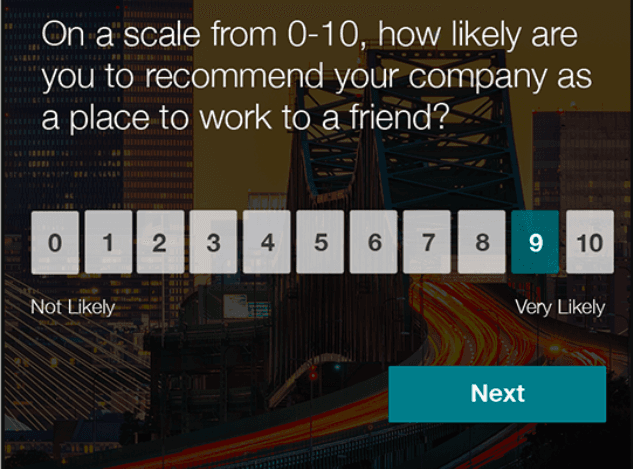
Uber also put out a public list of its “cultural norms” to explicitly state its values, and the work environment it will be creating from this point out, based on those suggestions. Finally, the company has moved forward with a diversity initiative to get more voices and experiences working for and with the company, and to be a more inclusive environment.
This restructuring and adjusting of the company is Uber’s big priority right now, but it’s rooted in the “customer above all” mentality that’s been introduced to its culture—it’s asking for feedback, both externally and internally, and taking action accordingly.
Uber’s Future is in the Hands of Their Employees and Customers
Uber has lost some ground following its scandals, but it’s still got quite a lead on Lyft, its main competitor. Lyft has benefited from Uber’s mistakes, of course, with an expected 41% growth in customers by the end of 2018. However, Lyft still has 20.9 million customers to Uber’s 48 million. If Uber can continue to patch itself up, it should stay at the head of the pack, and maybe come out even stronger than ever thanks to NPS best practices of gathering customer feedback and taking action on what is learned.
Uber’s NPS hasn’t been reported since 2015, and likely wouldn’t be very high today, following recent scandals. In the meantime, Uber is doing the right thing tackling its failings, and getting itself on the right track internally, and with its customers. Whether they will continue to carry on this culture and see a turnaround from there, only time will tell.
--
Final FAQs About Uber's NPS Score
What is Uber's Net Promoter Score?
Uber's Net Promoter Score is 37 according to the latest available source from 2015.
What is Lyft's Net Promoter Score?
Lyft's Net Promoter Score is 9 according to the latest available source from 2015.
What is a good Net Promoter Score for technology companies?
In the technology and computer software industry, where the average score is 36, a score greater than 36 would be considered good, but it should be your ultimate goal to match the likes of Apple with a score of 61.
Download our annual NPS Benchmarks report to get the full technology industry analysis including CES, CSAT and NPS benchmarks.
What is the formula of NPS?
The Net Promoter Score is calculated by subtracting the percentage of detractors from the percentage of promoters, yielding a score between -100 to 100.
Read our in-depth guide on how to calculate NPS here.
What do you do with NPS results?
We strongly believe that the Net Promoter System is not about research—measurement and feedback collection—it's about action. What do we mean by that?
]
At CustomerGauge, we've designed a step-by-step pathway for acting on and monetizing your NPS scores: the Monetized Net Promoter model.
The model is all about action. There's no value in surveying your customers if you don't quickly put the results into action. The beauty of the NPS model is that it helps you identify opportunities to grow faster as a business.
Customers who score 9 and 10 (i.e. promoters) should be asked for that recommendation, driving more business. They're also your most happy customers and are likely open to hearing about your other products.
These two action points are just one of the ways you should be taking action on your NPS results. Read our full guide here to be learn more about tackling churning customers and closing the loop with detractors and passives.
Blog Home





